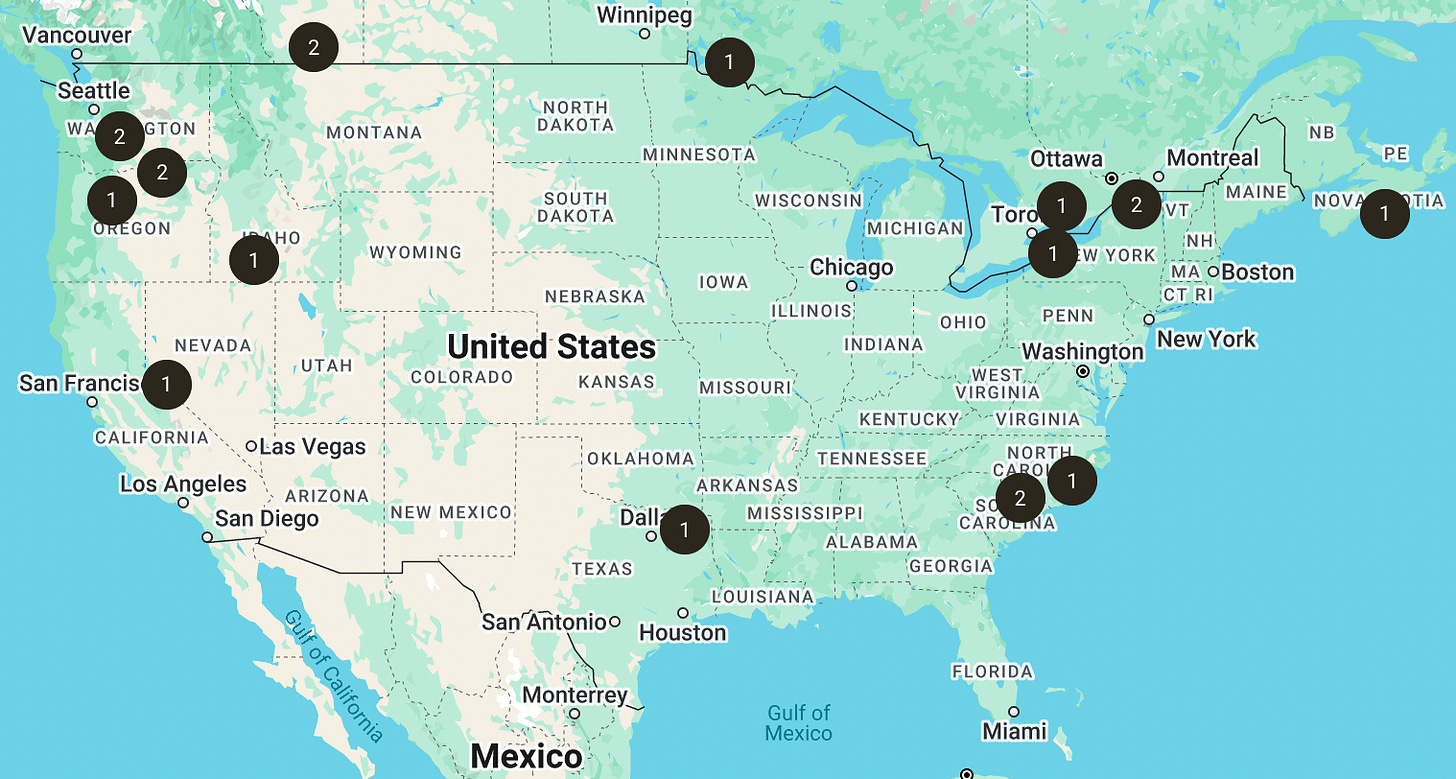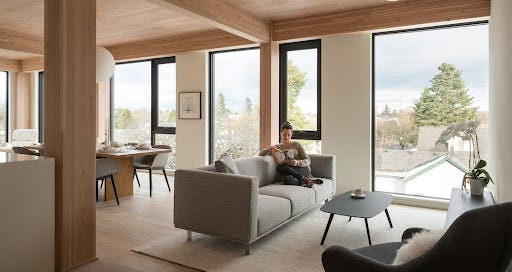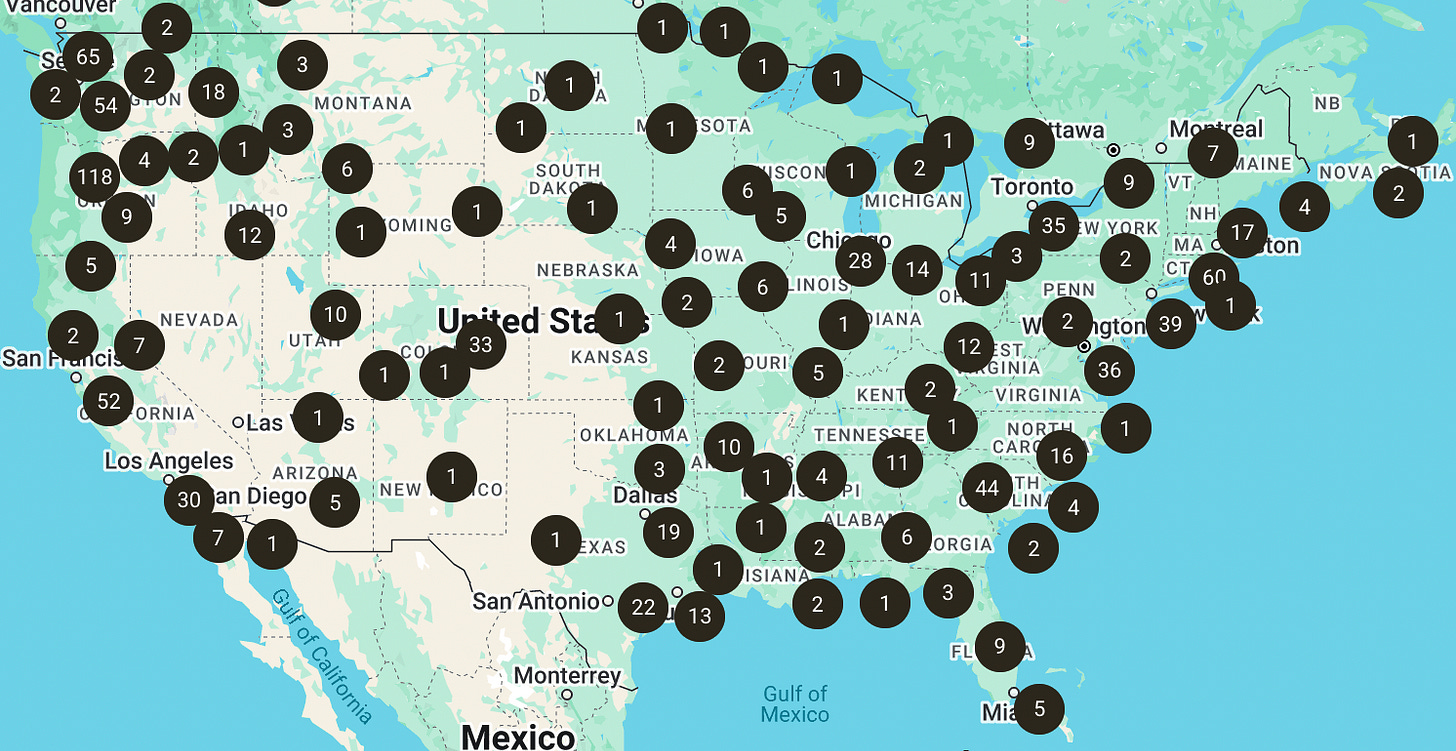Are you bewildered, frustrated, and already kind of exhausted by all the tariff news? Would you like a brief bit of economic optimism? I got you covered. Let’s talk about mass timber for a few minutes.
I want you to imagine a revolutionary building technique that cuts construction time by 25%, reduces labor costs, sequesters carbon rather than producing emissions, and creates beautiful structures that people love. This isn't science fiction—it's mass timber, a game-changing new construction technology.
As housing costs soar amid a nearly 4-million-home shortage, mass timber represents a powerful supply-side solution that could increase the housing stock while lowering costs. We have a new report out today on this promising new technology. By addressing regulatory barriers and scaling production, we can unleash its full potential to create more affordable, sustainable, and beautiful homes for Americans.
Mass timber construction has grown exponentially from the first U.S. building in 2011 to over 2,000 buildings by 2023, with projections suggesting 24,000 new structures will be built by 2034. This engineered wood product has a strength-to-weight ratio higher than steel and fills a crucial gap in housing development, being particularly well-suited for buildings between 6 and 18 stories.
Key benefits include:
faster construction (up to 25% quicker than traditional methods),
reduced labor requirements (some projects need only 25-40% of typical labor costs),
impressive environmental credentials (each cubic meter sequesters approximately one metric ton of CO2),
safer work environments,
superior thermal and acoustic properties, and
aesthetic appeal that can make higher-density housing more attractive.
Despite these advantages, five key policy challenges currently impede mass timber adoption: overly complex forest management policies, insufficient manufacturing capacity, fragmented transportation regulations, outdated building codes in many states, and workforce development needs. To overcome these challenges, Congress can pass the bipartisan "Fix Our Forests Act" (which would facilitate forest management practices that would be good for forests and make the mass timber supply chain more robust), implement targeted tax credits for manufacturing facilities, create standardized multi-state permitting for oversized loads, encourage adoption of the 2021 International Building Code, and develop specialized training programs.
As the technology continues to mature and supply chains expand, mass timber could play a crucial role in addressing America's housing challenges while creating a more sustainable built environment and providing economic opportunities in rural communities. Mass timber offers a rare win-win-win solution. The rapid growth in mass timber projects over the past few years suggests we're at the beginning of a significant transformation in construction technology that, along with smart regulatory reforms and policy interventions, could help create an abundant, affordable, and climate-friendly future.
If you would like to read our full report on mass timber, here it is.
-GW
The first map below shows all of the mass timber buildings completed through 2017. The second map is all of the mass timber buildings completed since then. This is taking off. We can help it take off even faster.






